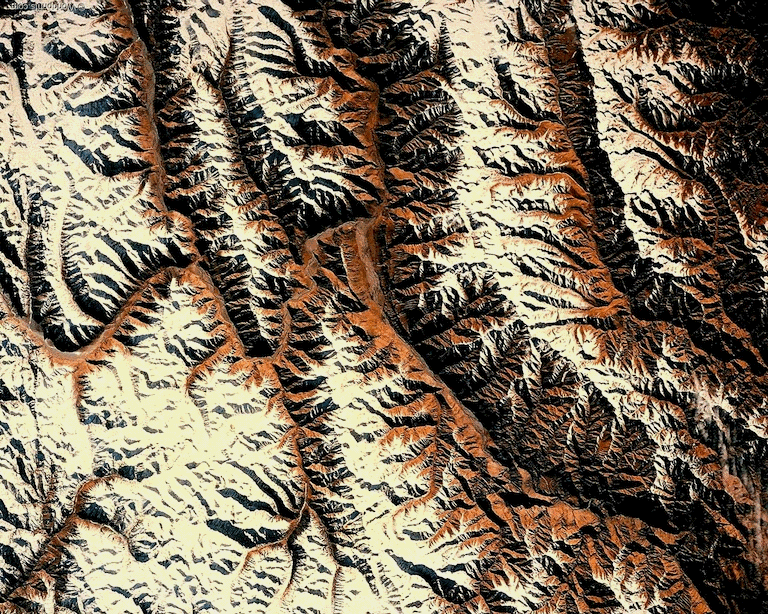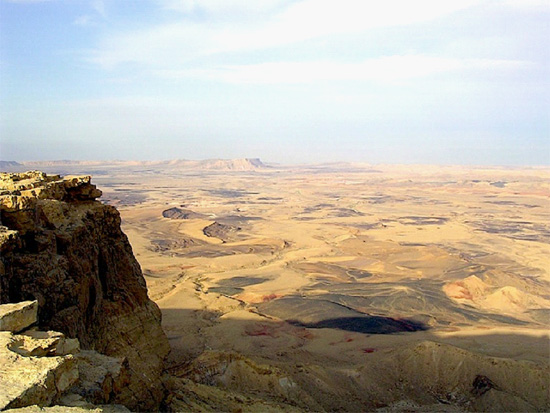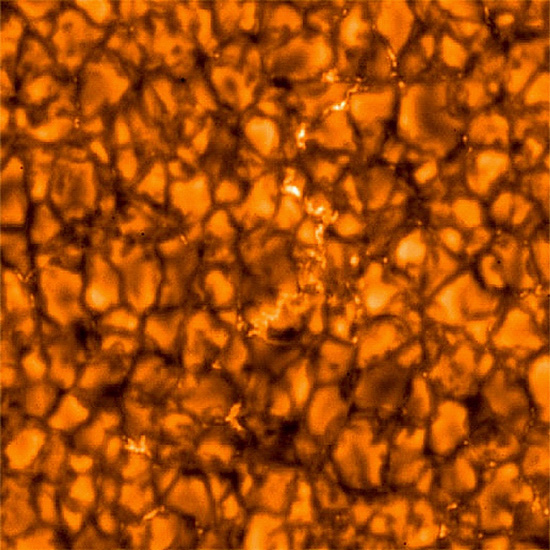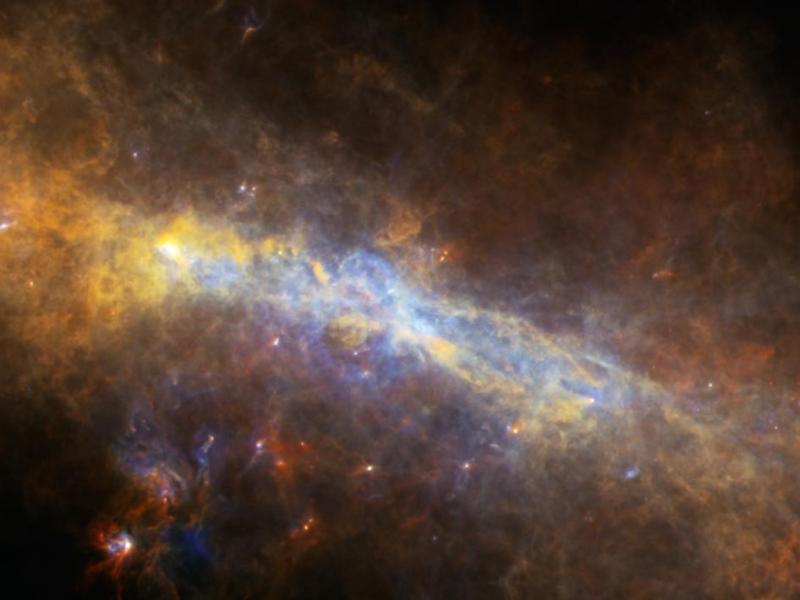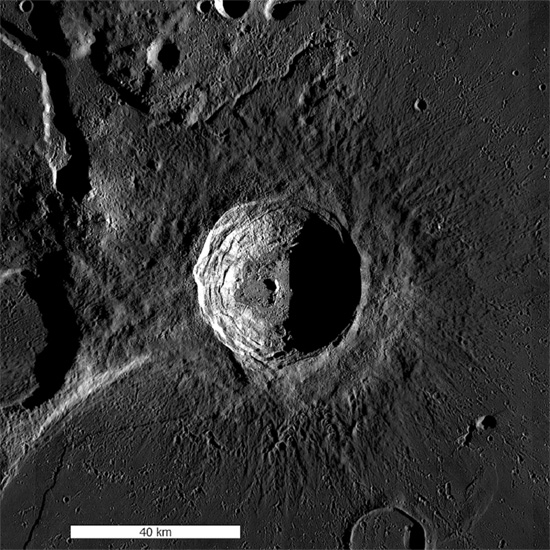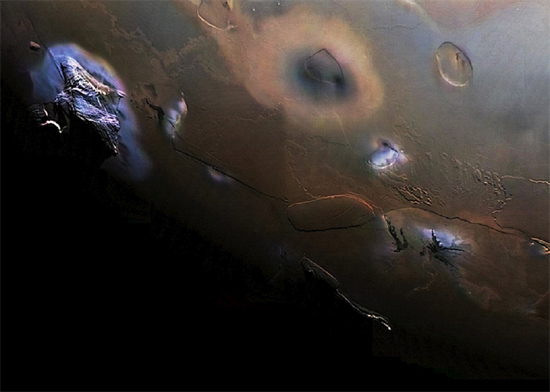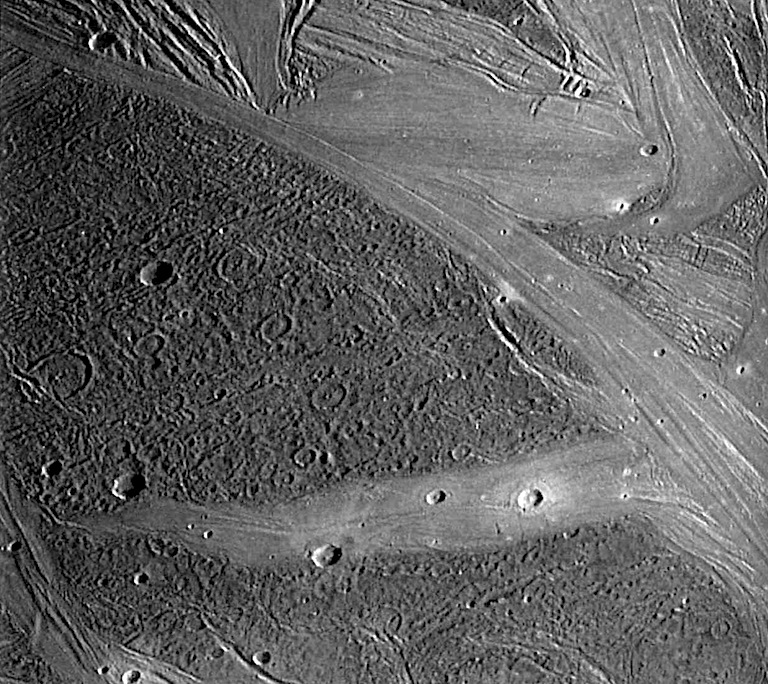Pulsar Wind Nebulae
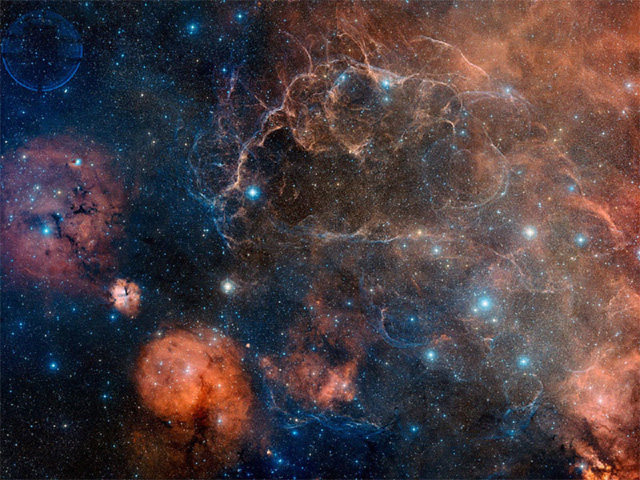
July 17, 2012 Some so-called “neutron star pulsars” are said to create nebulae as they spin. The standard model of stellar evolution proposes that pulsars are neutron stars rotating at incredible speed. For example, PSR J1748-2446ad, in the globular cluster Terzan 5, is reported to be spinning at almost 43,000 revolutions…





